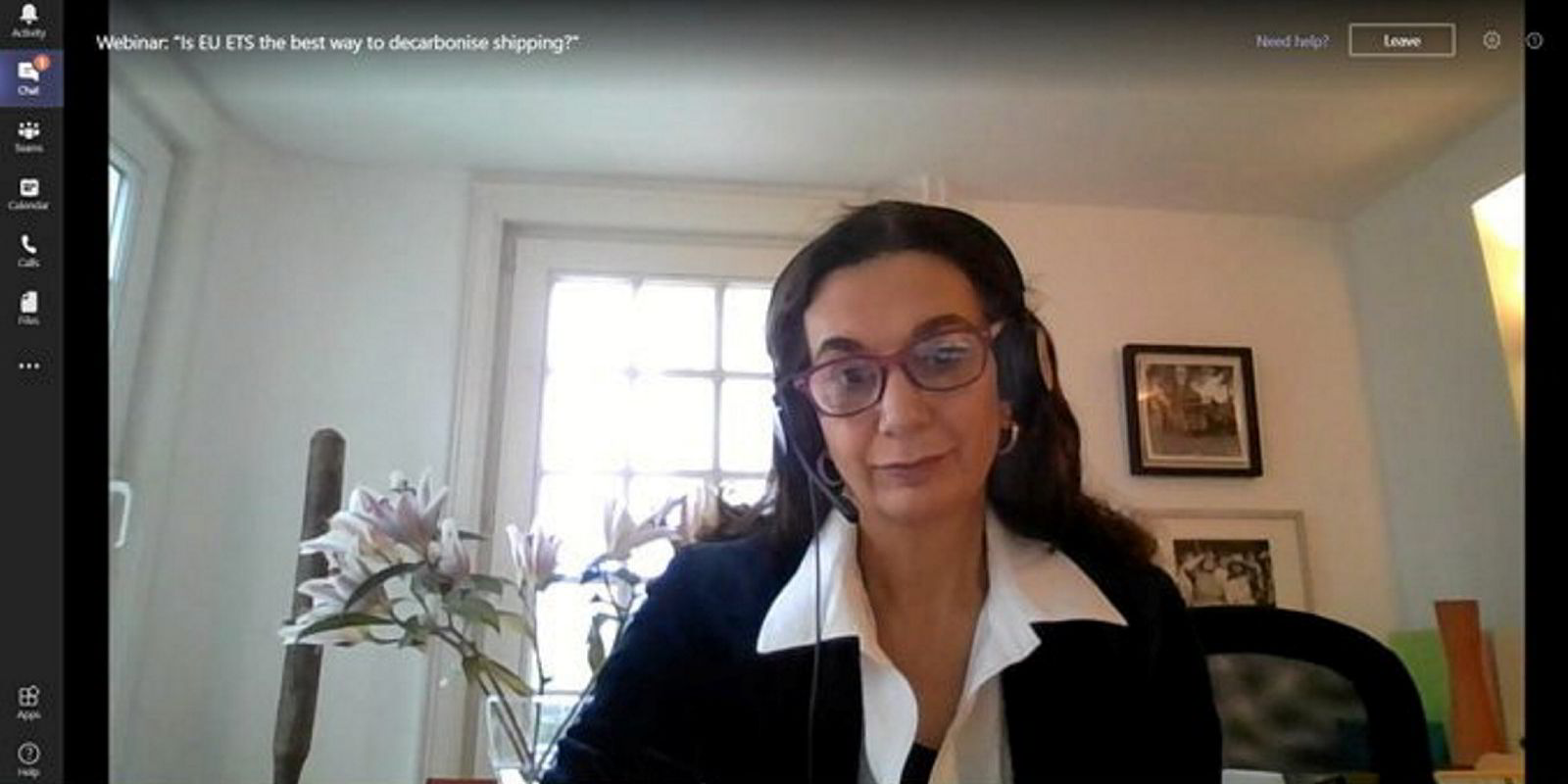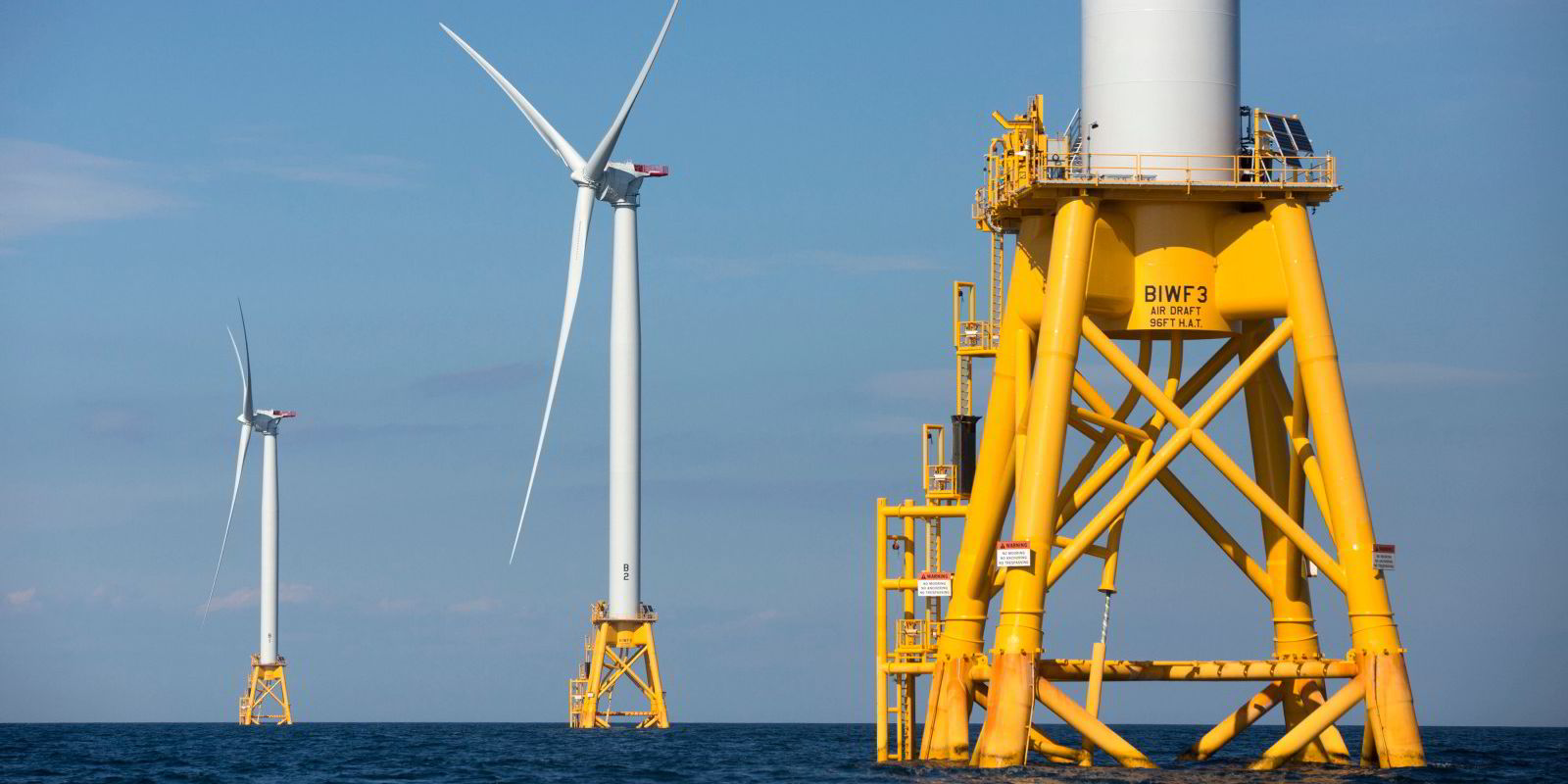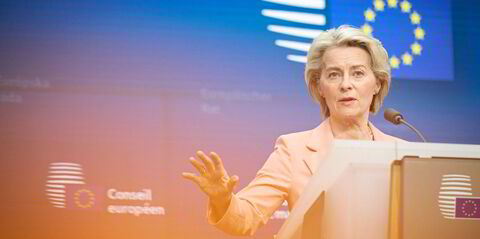In February, the shipping industry made recommendations to the European Commission for how it would like to see involvement in the European emissions trading system (EU ETS) work.
Details of the ETS’ mechanics are due to be announced this quarter, but as TW+ went to press it remained unclear exactly what the rules will be for shipping.
“The main points still to be decided are: will there be free allowances, and how many, and fundamentally who pays the bills? And the largest issue is whether it will only be intra-European or whether it captures voyages leaving or entering the EU as well?” says Affinity Carbon Solutions’ Hugo Wilson.
The draft regulations say that those paying for the fuel will pay the bill for the allowances (EUAs) required under the ETS.
But that leaves a number of questions.
It seems to suggest that a charterer will pay for a time charter while it would be the owner for a spot voyage. A consecutive voyage charter would probably also involve the owner paying.
But nobody knows or wants to make any predictions yet.
It has also been speculated that shipowner organisations could try to set up a fund to manage the purchase of EUAs for owners. That has been tried by other industries and failed — and it is also something regulators tend not to want, as they are seeking a market-based mechanism.
It may seem likely the EU would start with an intra-European ETS, to avoid complicating international competition, or tit-for tat-action by other regulators.
Part of Europe’s debate has been around a so-called carbon-based mechanism (CBA) to prevent leakage of its efforts to cut emissions.This could take the form of an import tax, a new excise duty or a levy based on the price of EUAs.
With an internationally enforced EU ETS, then shippers of goods or comodities to and from Asia would be punished by the need for more allowances to cover longer trade routes.
In that case, to counterbalance an EU action, it is possible that China, which has its own ETS covering industrials but not shipping, could extend its reach to all ships coming from Europe.
Theoretically, that would encourage both regulators to agree only to charge for their own inbound voyages.
And that could have a domino effect with the US, where the state of California also has an ETS, going for linkage that would put international shipping well on the way to a global system.
As TW+ went to press the industry bodies cracked and jointly asked the International Maritime Organization to start to consider how an international carbon price might work.
Is spiralling internationalism on climate issues ultimately putting pressure on the IMO to reconsider its stance on a global carbon price?





